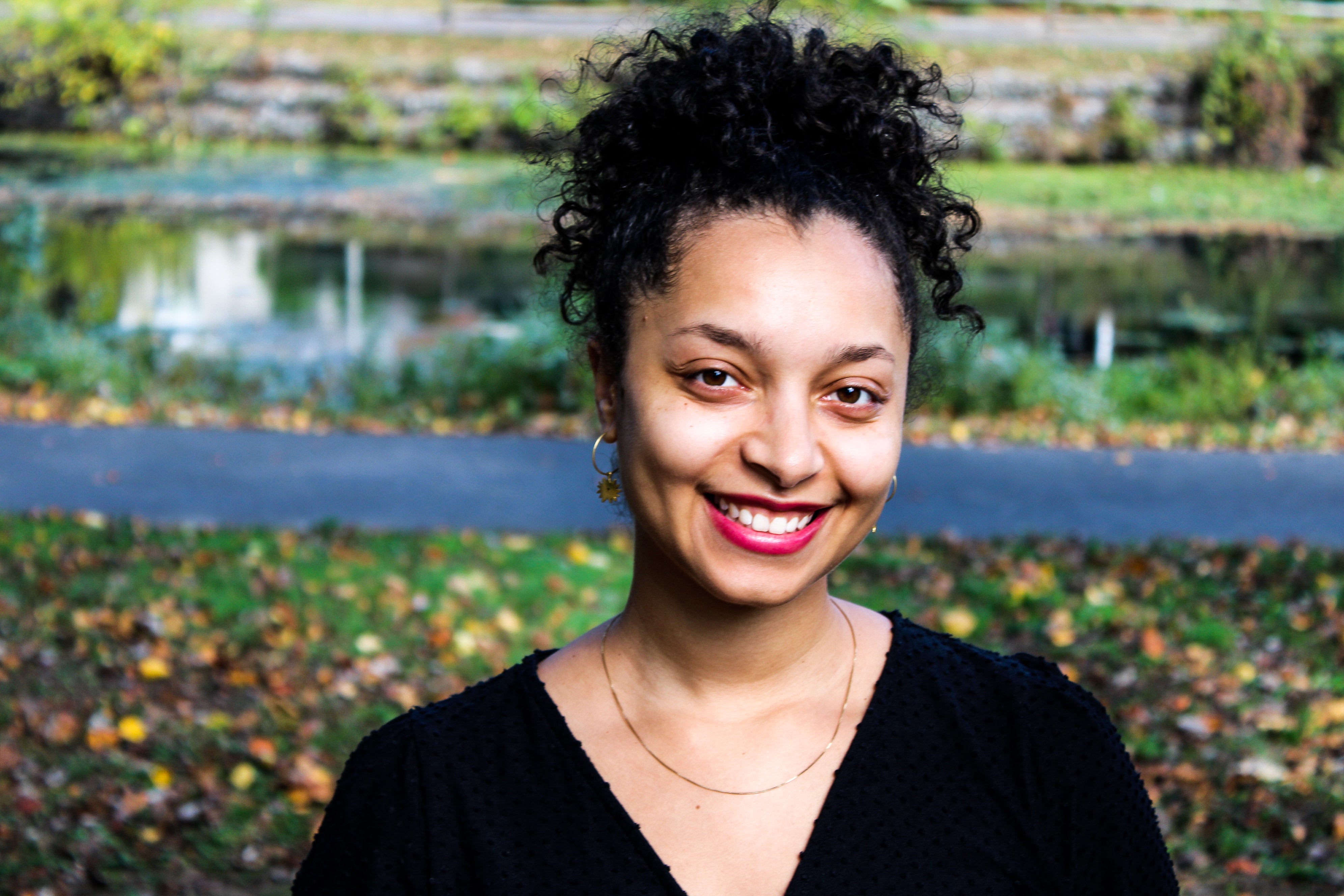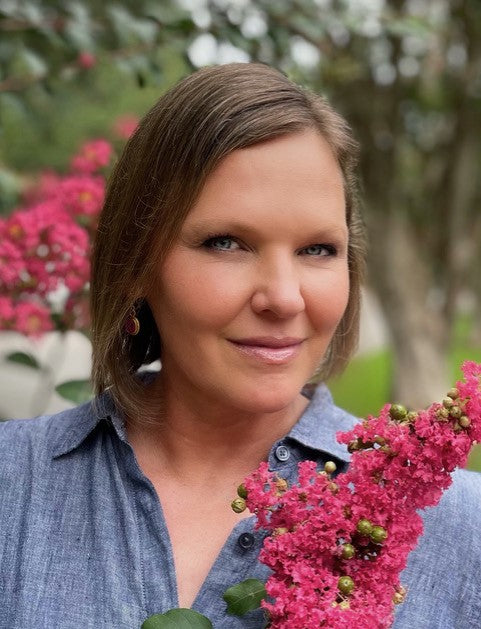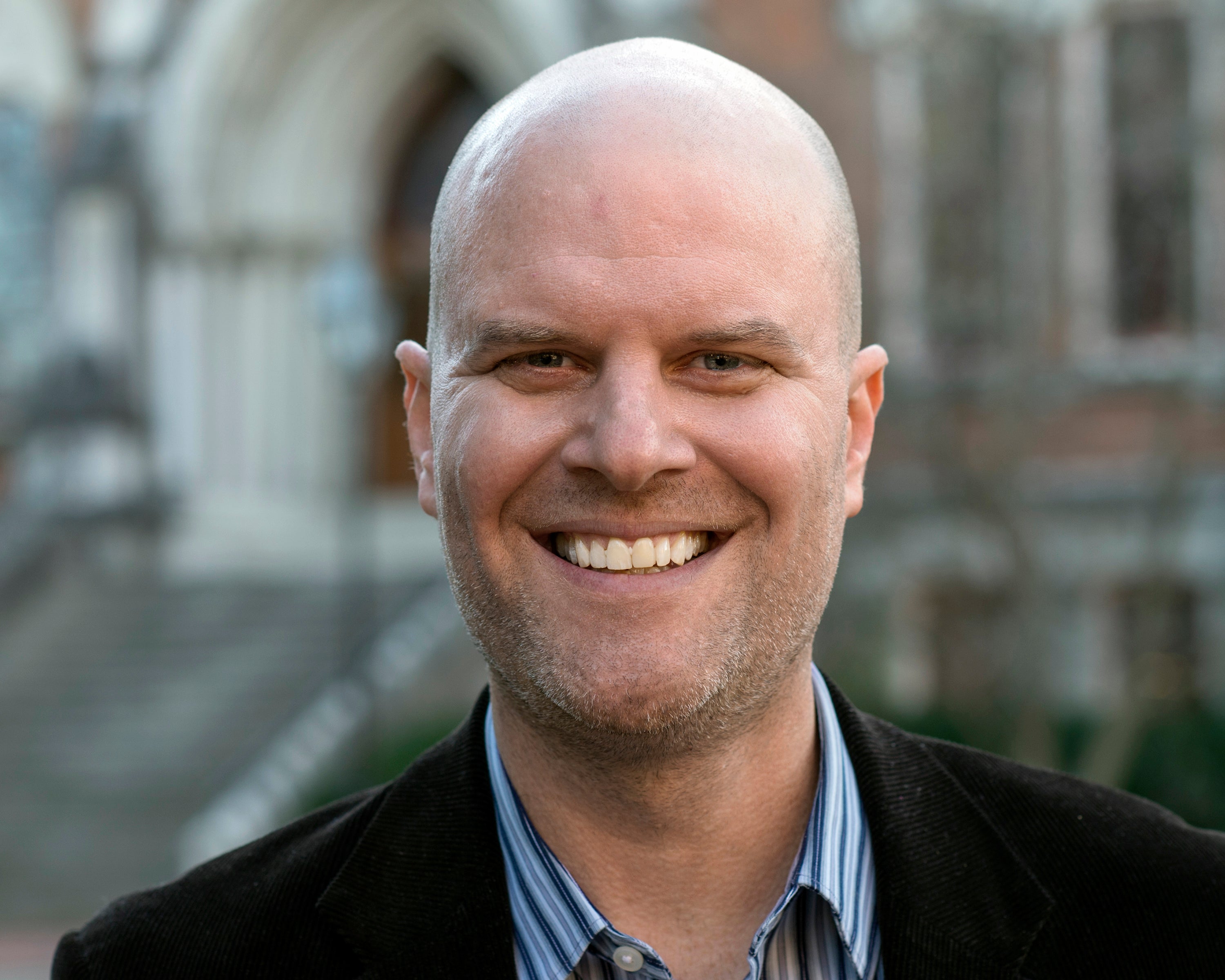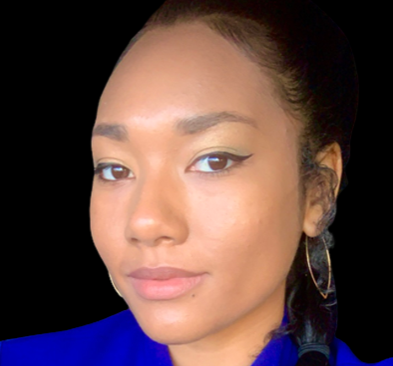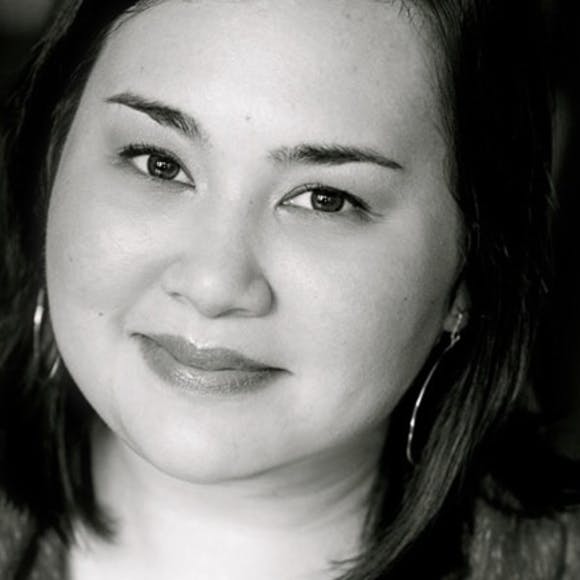Book: Aesthetic Intelligence

Photos by Erez Sabag
Author: Pauline Brown
Author Bio:
1. In the book, you wrote, “Aesthetic Intelligence is our ability to understand, interpret, and articulate feelings that are elicited by a particular object or experience.” For those who are unfamiliar with Aesthetic Intelligence, could you elaborate on it a bit more?
Also, how is a person’s 'Aesthetic Intelligence' shown in one’s workplace?
Aesthetic Intelligence is, in a word, taste.
It’s not about creativity or artistry. It’s about the ability to decipher not only what looks and feels good, but why and how to deliver on it. It seems to be the only human ability that isn’t being superseded by artificial intelligence. I call it “the other A.I.”
When it comes to business, aesthetics has the potential to unlock a lot of value – and not just for traditionally design-oriented companies. In a world in which people need and want less “stuff”, yet crave richer and more meaningful experiences, the focus for businesses must shift from meeting functional needs to delivering delight.
After all, with the exception of a few essential products such as food and energy, the vast majority of what is sold is nonessential. However, the ability to create beauty, arouse the senses, lift the human spirit and forge connections – that’s where people and businesses ultimately win.
2. You said that Panasonic’s "Take-N-Tape" was the product that made you recognize the importance of aesthetics growing up and have tried different styles when you were a student. Then, how did you develop your own Aesthetic Intelligence throughout your career?
Aesthetic Intelligence is like a muscle. It needs to be exercised. Even then, it does not develop in a vacuum. Clearly, my own A.I. was informed by the exposure I had working with premium brands like Louis Vuitton, Christian Dior, Fendi, Bulgari, Veuve Clicquot, Estee Lauder, and MAC Cosmetics.
But it also came from the environment in which I grew up, the personal challenges and discomforts I faced along the way, and the individuals – both dead and alive - who continue to influence me and my ideals.
People are born with far more Aesthetic Intelligence than they realize. The good news is it can be developed. The bad news is it takes time, and it takes work.
3. You wrote that “The value of aesthetics in business starts at the top with the leader’s own A.I.” For clarification, does this mean that leaders must develop their own Aesthetic Intelligence first in order to incorporate aesthetic business strategies within their company?
At a minimum, leaders of companies must support and empower the Aesthetic Intelligence of their teams and partners. Optimally, leaders should set the tone for their aesthetic values and demonstrate the same ‘ownership’ for their companies’ aesthetic expressions as they do for their financial and operational results.
4. What are the specific ways leaders can develop their own Aesthetic Intelligence?
It all starts with an appreciation of their own five senses and an understanding of why and how sensorial stimuli trigger certain emotions – especially pleasurable ones. From there, they need to be able to identify and articulate aesthetic ideals and strategies.
This is achieved through clear and crisp choice of words, but also through other forms of storytelling. The final stage in AI development is curation. In other words, leaders need to be able to identify and eliminate what is not working aesthetically and artfully bring together all the right elements in a way that feels pleasing, distinct and memorable.
5. Each person has different tastes in aesthetics. How can companies know that their aesthetic strategies will appeal to the public in general?
One of the best examples in history of an aesthetic business leader is Steve Jobs. Under his leadership, Apple products, services, and spaces were not designed to “appeal to the public.” They were designed to appeal to him.
When it comes to taste, there is no right or wrong. The only wrongs are indifference and inauthenticity.
Few aesthetic expressions will have as broad appeal as the Apple brand, but, if well developed and powerfully expressed, there is ample room in the market for all aesthetic positions.
6. Some people may prefer a product’s functionality over its aesthetics. How can companies balance the two qualities well? Is there a product that has both strong product functionality and aesthetics?
This is not an either/or scenario. It goes without saying that functionality is important for all products and services. It just isn’t sufficient to stand out and stay in business.
When James Dyson invented his first vacuum cleaner, it was built on the principle of cyclonic separation, a method for removing particulates without the use of filters. In essence, the invention enabled him to make and market the first bagless vacuum.
At twice the price of conventional vacuums, critics assumed it would fail. Rather, his company grew to become the sixth-largest player in the world, and he, a multi-billionaire.
I think it’s important to note that James Dyson was not trained as a scientist. In fact, he attended art school in England, where he specialized in furniture and interior design. Aesthetics of his products always have gone hand-in-hand with functionality.
7. We assume how a person is educated also has an influence on forming one’s Aesthetic Intelligence. Countries like Korea are concentrating on STEM education nowadays. What kind of classes can help people to develop Aesthetic Intelligence from a younger age?
I think we should shift from STEM to STEAM. (The “A” is for Aesthetics, of course.) The world is an increasingly complicated place, and education should foster more integrated and holistic learning.
Geniuses like Steve Jobs and James Dyson were gifted not only in technology or aesthetics but both.
As for specific courses, I’d suggest adding ones that promote sensory development like culinary arts, textile design, and iconography, just to name a few.
8. You worked at various fashion/beauty products companies, including Estee Lauder, and LVMH. Throughout your career, what was the biggest challenge you dealt with when it comes to developing aesthetic business strategies?
How did you solve the issue?
Companies like Estee Lauder and LVMH don’t struggle with aesthetics as much as they struggle with commercialism. After all, if they hadn’t mastered their aesthetic propositions, they wouldn’t have stayed in business.
The long-term challenge for these companies, especially given that they are both publicly traded, is how to maintain their aesthetic advantage, while still satisfying financial investors.
My job as a leader in those businesses was to manage the conflict and help the company maintain the right balance between short-term financial value and long-term aesthetic value.
9. You also taught at Harvard Business School. Could you briefly tell us your experience teaching for the ‘The Business of Aesthetics’ class? How has the students’ perspective on aesthetics in business changed after taking the class?
During the two years that I taught at HBS, my course was the most popular elective on campus. I was not altogether surprised by the students’ level of interest; people, in general, are hungering for new angles in business.
I was, however, very surprised by the diversity of backgrounds and career aspirations among my students. I expected to attract those focused on fields like marketing, branding and retailing. But, in each cohort, I also drew a fair share of future technologists, hedge funders and entrepreneurs.
That gave me the confidence to write the book and bring elements of that Harvard classroom to the broader marketplace.
Needless to say, both the course and the book are only the beginning of my mission to change the dialogue around business and to put the spotlight on the power and value of “that other A.I.”
Places to Find More From This Author:
Get Your Copy of Aesthetic Intelligence Today!








